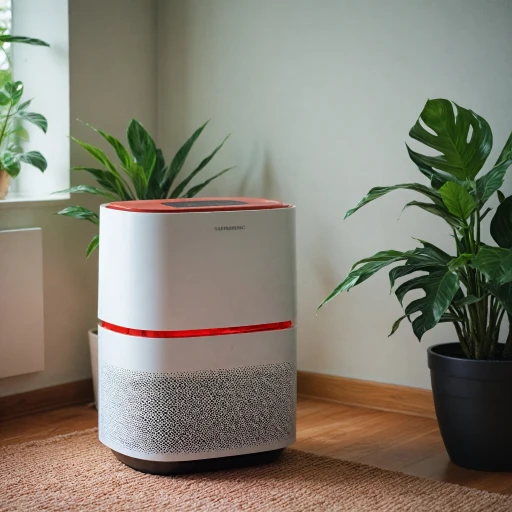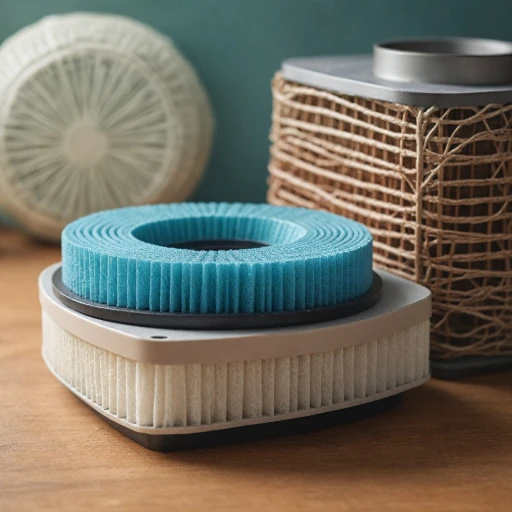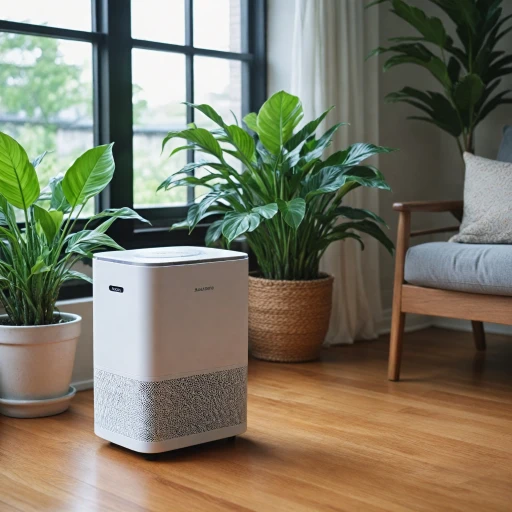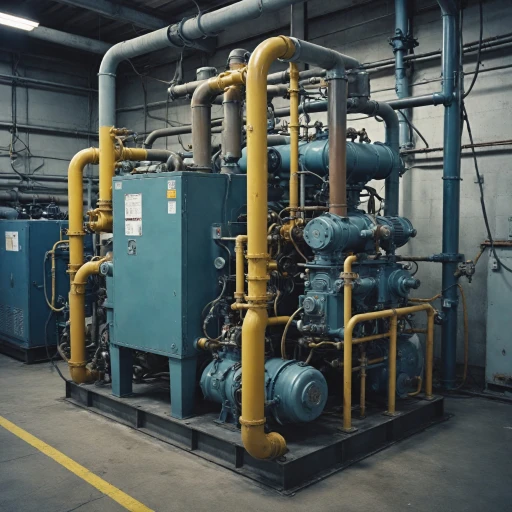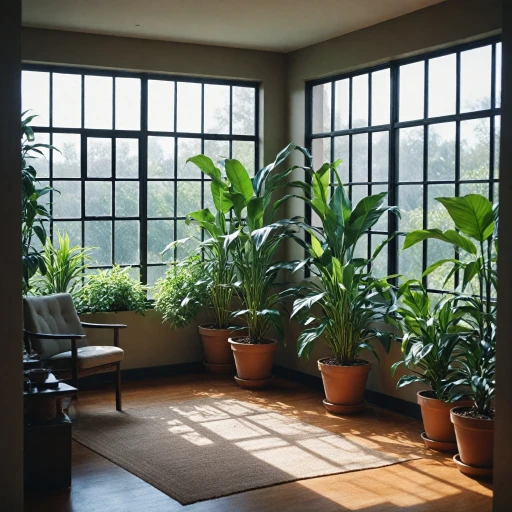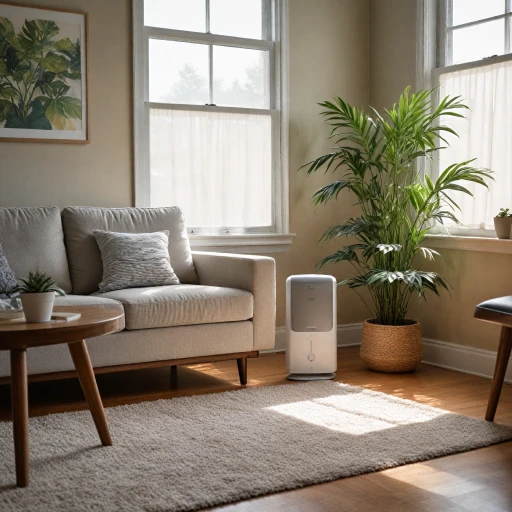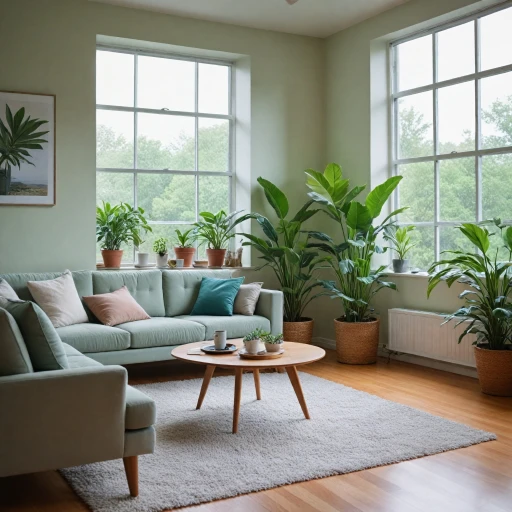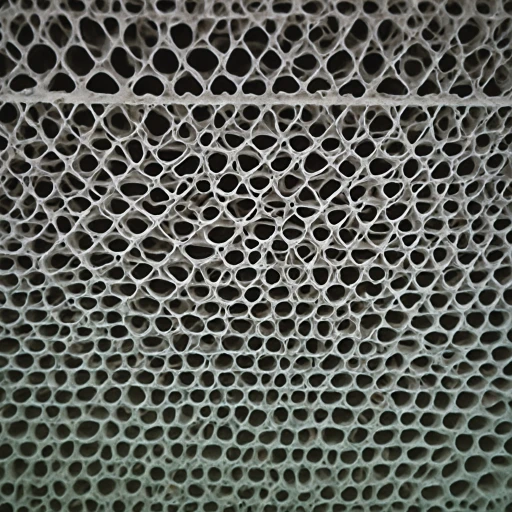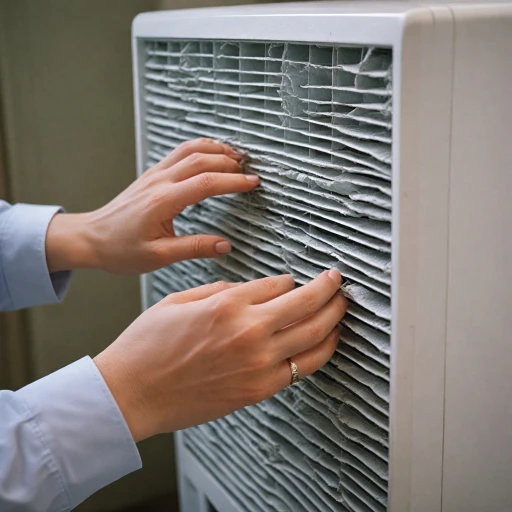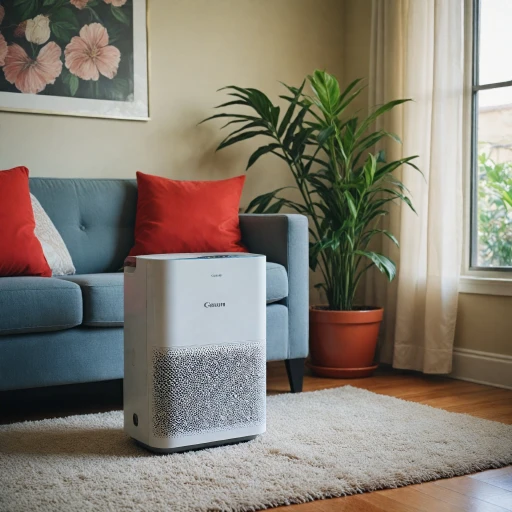
Factors Influencing Filter Lifespan
Influencing Elements on Filter Duration
Understanding how long your air purifier filters last is crucial for maintaining clean air in your home. Several factors influence the filter lifespan, impacting both air quality and efficiency. By recognizing these factors, you can make informed choices about when to replace your filters.- Type of Filter: The material and technology used influence how often you need a replacement. For instance, HEPA and activated carbon filters vary significantly in their lifespan.
- Indoor Air Quality: Homes with pets, smokers, or frequent cooking activities tend to have more airborne particles leading to a shorter lifespan of air filters.
- Purifier Usage: Air purifiers running continuously can accelerate the need for a replacement, especially in areas with poor air.
- Quality of Filter: Higher quality filters may have a longer lifespan, but they might also come at a higher regular price in USD.
- Environment: Dusty or humid areas can affect the filters, requiring more frequent changes to ensure your indoor air remains clean.
Types of Air Purifier Filters
Exploring Various Air Purifier Filter Options
The market offers a variety of air purifier filters, each designed to meet specific needs and air quality challenges. Understanding these differences is crucial to making informed decisions about your indoor air quality management.
HEPA Filters: Known for their ability to capture up to 99.97% of airborne particles as small as 0.3 microns, HEPA filters are highly effective in removing pollutants like dust, pollen, and pet dander. With a typical lifespan of several months depending on usage and conditions, these filters require regular monitoring and replacement for optimal performance.
Activated Carbon Filters: These are designed to remove gases, odors, and volatile organic compounds (VOCs) from the air. While not as effective at capturing larger particles, they are an excellent choice for environments with specific odor or chemical concerns. Like HEPA filters, their lifespan varies and regular replacement is recommended.
Pre-Filters: These are often installed in conjunction with other filters to capture larger particles, thereby extending the longevity of the primary filters like HEPA and carbon filters. Pre-filters may need more frequent changes as they get clogged with dust and debris.
To ensure you're getting the most out of your air purifier, regular evaluation of your filter type and adherence to manufacturer guidelines is essential. For specific advice on when to opt for a filter replacement, it's vital to consider the type of air your living space is exposed to.
Signs It's Time to Replace Your Filter
Recognizing the Need to Change Your Filter
A key aspect of maintaining optimal air quality in your home is recognizing the signs that your air purifier filter needs a change. Over time, filters become saturated with particles and lose their effectiveness in trapping airborne contaminants. Although the lifespan of filters can vary, being vigilant about certain signs can prevent your purifier from operating below par.
- Reduced Airflow: If you notice a significant drop in airflow from your purifier, it may indicate that the air filters, such as HEPA or activated carbon ones, are clogged with dust, pollen, and other particles. A decrease in airflow suggests that the filter is no longer working efficiently to provide clean air.
- Unusual Odors: Lingering odors in your indoor air can point to a filter that is no longer able to effectively trap airborne particles. Particularly, carbon filters are designed to absorb odors, and their inability to do so is a clear sign for filter replacement.
- Increased Allergy Symptoms: Experiencing heightened allergy symptoms, such as sneezing or respiratory discomfort, may be a signal that your air quality has been compromised. This could mean your current filter is no longer capturing particles as well as it should.
- Indicator Light: Many modern air purifiers come equipped with indicator lights. If your purifier has this feature, heed any alerts that suggest it's time for a new filter. These systems are designed to remind you of the need for a replacement before air quality is severely affected.
Staying attentive to these indicators can help improve your purifier's performance and prolong the lifespan air quality of your indoor space, saving you from higher costs down the line. Timely replacement not only supports air quality but also allows for a longer lifespan of your air purifier.
For further insights on how air purifiers can impact other environmental factors, such as humidity levels, exploring the broader capabilities of these devices can enhance your knowledge and improve living conditions.
Tips for Extending Filter Life
Prolonging the Longevity of Your Air Purifier Filters
Maintaining the lifespan of air purifier filters requires more than just regular replacement. Here are some practical tips to maximize filter longevity and ensure cleaner indoor air:
- Regular Cleaning: Ensure that the air purifier itself is kept clean. Remove accumulated dust around the device and on the vents, which can otherwise strain the filter.
- Location Matters: Place your air purifier in an area with maximum air circulation. Avoid corners or tight spaces, as these can restrict airflow and cause the filter to work harder.
- Pre-Filters and Covers: Utilize pre-filters or covers if available. These additional layers can capture larger particles, preserving the primary filter for smaller pollutants like allergens and airborne particles.
- Monitor Air Quality: Regularly review your indoor air quality. An air quality monitor can help identify when pollutants are particularly high, indicating when the air purifier should be running more frequently.
- Adjust Usage: Adapt the air purifier’s operation based on seasons and environmental factors affecting air quality. For instance, pollen levels may peak in spring, requiring more active air purification.
- Follow Manufacturer Guidelines: Always adhere to the manufacturer's instructions regarding filter maintenance and replacement schedules. This ensures long-term performance and air quality.
While these strategies can significantly extend the filter lifespan, ultimately, regular replacement is unavoidable for maintaining optimal performance. It's essential to balance the benefits of prolonged usage against the potential decline in air quality.
Cost Implications of Filter Replacement
Financial Considerations of Filter Change
For anyone with an air purifier, the cost of replacing filters is a recurring expenditure that can impact one’s budget significantly. Knowing when to replace a filter, whether it’s a HEPA filter or a carbon filter, means one can anticipate and plan for these expenses effectively. The financial burden of changing air purifier filters varies based on several factors:- Type of Filter: The price for a HEPA filter replacement can be different from that of an activated carbon filter. HEPA filters, known for capturing airborne particles with precision, often come at a higher cost compared to carbon filters designed for gases.
- Frequency of Replacement: Depending on air quality and indoor factors, some filters may need changing more frequently, which implies more frequent spending.
- Quality of Filters: High-quality air purifier filters, marketed at a regular price USD, usually last longer but come with a steeper initial investment.
- Brand and Model: The specific air purifier brand you own may dictate the price of its replacement filters. Replacing a filter for a high-end purifier might be pricier than for a more affordable model.
Environmental Impact of Filter Disposal
Environmental Consequences of Disposing of Air Purifier Filters
Air purifier filters, while essential for maintaining clean air quality indoors, do pose some environmental concerns when it comes to disposal. The materials that make up these filters, such as HEPA and activated carbon, are designed to capture and contain airborne particles, ensuring your indoor air remains clean and free from pollutants. However, once these filters reach the end of their lifespan, they need to be replaced, raising questions about their environmental impact.- Material Composition: Most air purifier filters, including HEPA and carbon filters, are not easily recyclable. The combination of plastic, fiberglass, and other synthetic materials used in their construction means they often end up in landfills, contributing to environmental waste.
- Frequency of Replacement: Depending on factors like air quality and usage intensity, filters generally need replacement every few months. Regular replacement, while ensuring cleaner air, creates a consistent need for new materials and generates waste from old filters.
- Carbon Footprint: The manufacturing and transportation of air filters, as well as their disposal, contribute to carbon emissions. These factors underscore the importance of choosing long-lifespan air purifier models and considering the environmental effects when making replacement decisions.
- Eco-Friendly Alternatives: Some air purifiers are now designed with more sustainable features in mind, like washable filters or those made from biodegradable materials. Exploring these options can help reduce the environmental burden associated with filter disposal.

